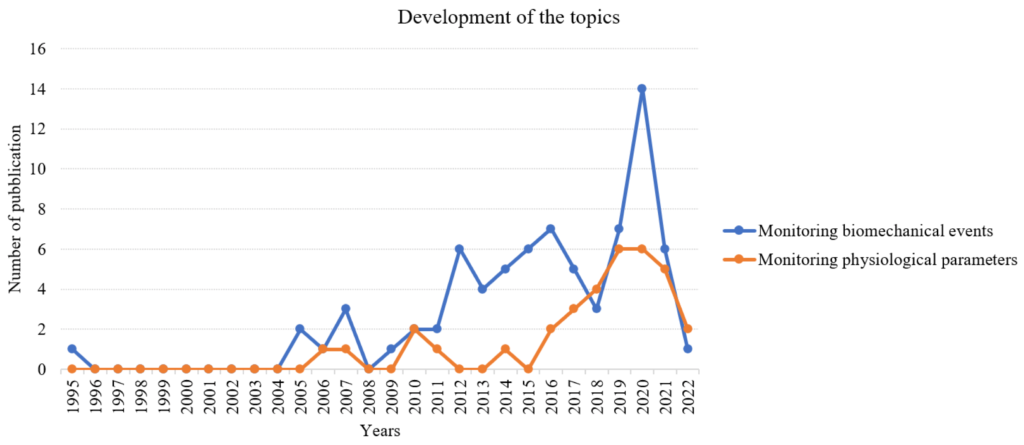The integration of biomedical engineering into sports has opened new vistas for enhancing athlete safety and performance, particularly in American football. This review explores the latest trends in physiological and biomechanical monitoring, underlining significant advancements and identifying gaps in current research.
Bridging Biomedical Engineering with American Football
American football, a sport celebrated for its intense physicality and strategic depth, also carries a high risk of injuries, including concussions and musculoskeletal damage. Biomedical engineering offers innovative solutions to mitigate these risks through advanced wearable and portable sensors. These tools not only enhance injury prevention strategies but also provide real-time insights into athletes’ performance and physiological status.

Key Findings from Recent Research
- Concussion Prevention: The use of head impact telemetry systems and wearable sensors has shown promise in monitoring and reducing concussions, one of the most common injuries in the sport.
- Injury Monitoring and Prediction: Studies employing wearable technology have made strides in predicting injuries, focusing on metrics like heart rate variability and movement patterns to forewarn about potential health risks.
- Performance Optimization: Wearable sensors have been utilized to monitor and improve various aspects of athlete performance, including agility, speed, and the biomechanics of movements such as kicking and catching.
The Future of Wearable Technology in Sports
Despite the progress, there’s a notable gap in research concerning the development of protective gear, like shoulder pads, and the comprehensive monitoring of vital signs, such as respiration rate during actual game scenarios. Future research is encouraged to expand the application of wearable sensors for a holistic understanding of athlete health and performance dynamics.

Conclusion
The intersection of biomedical engineering and American football heralds a promising avenue for enhancing player safety and performance. By leveraging cutting-edge sensor technology, the field can anticipate a future where real-time data and predictive analytics pave the way for personalized and preventive healthcare strategies in sports.
Author Contributions: This comprehensive review was conducted by A. Nocera, A. Sbrollini, S. Romagnoli, M. Morettini, E. Gambi, and L. Burattini, highlighting the collaborative effort to synthesize and analyze current research trends in the application of biomedical engineering principles to American football.

Leave a Reply